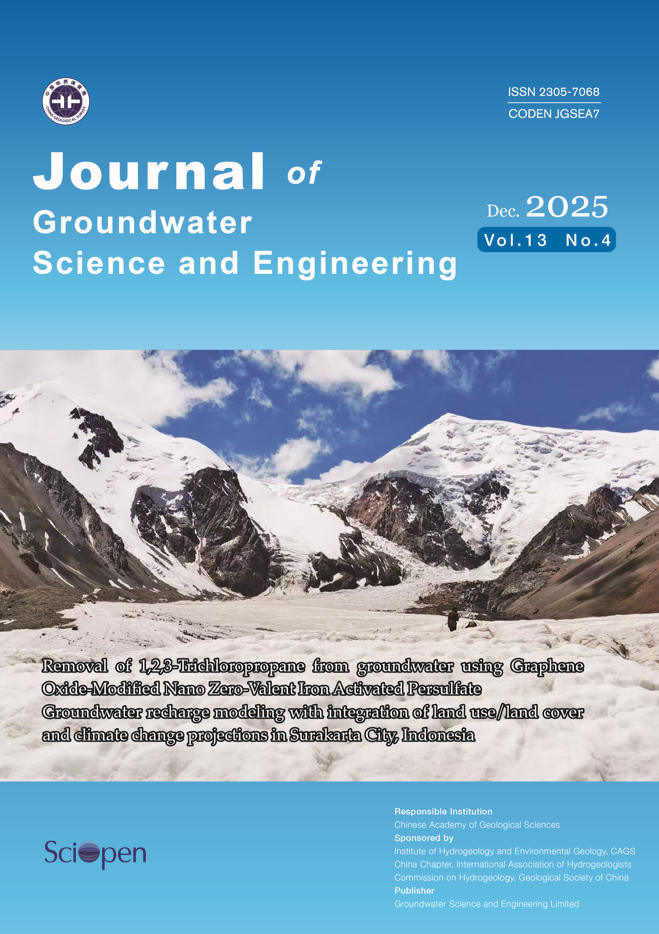2015 Vol. 3, No. 2
Display Method:
2015, 3(2): 105-117.
Abstract:
2015, 3(2): 118-126.
Abstract:
2015, 3(2): 127-135.
Abstract:
2015, 3(2): 136-146.
Abstract:
2015, 3(2): 147-155.
Abstract:
2015, 3(2): 156-163.
Abstract:
2015, 3(2): 164-169.
Abstract:
2015, 3(2): 170-175.
Abstract:
2015, 3(2): 176-185.
Abstract:
2015, 3(2): 186-191.
Abstract:
2015, 3(2): 192-201.
Abstract:
2015, 3(2): 202-212.
Abstract:
 E-mail alert
E-mail alert Rss
Rss

 Online Submission
Online Submission Peer Review
Peer Review Office Work
Office Work Editor-in-chief
Editor-in-chief News
News Download
Download Links
Links





